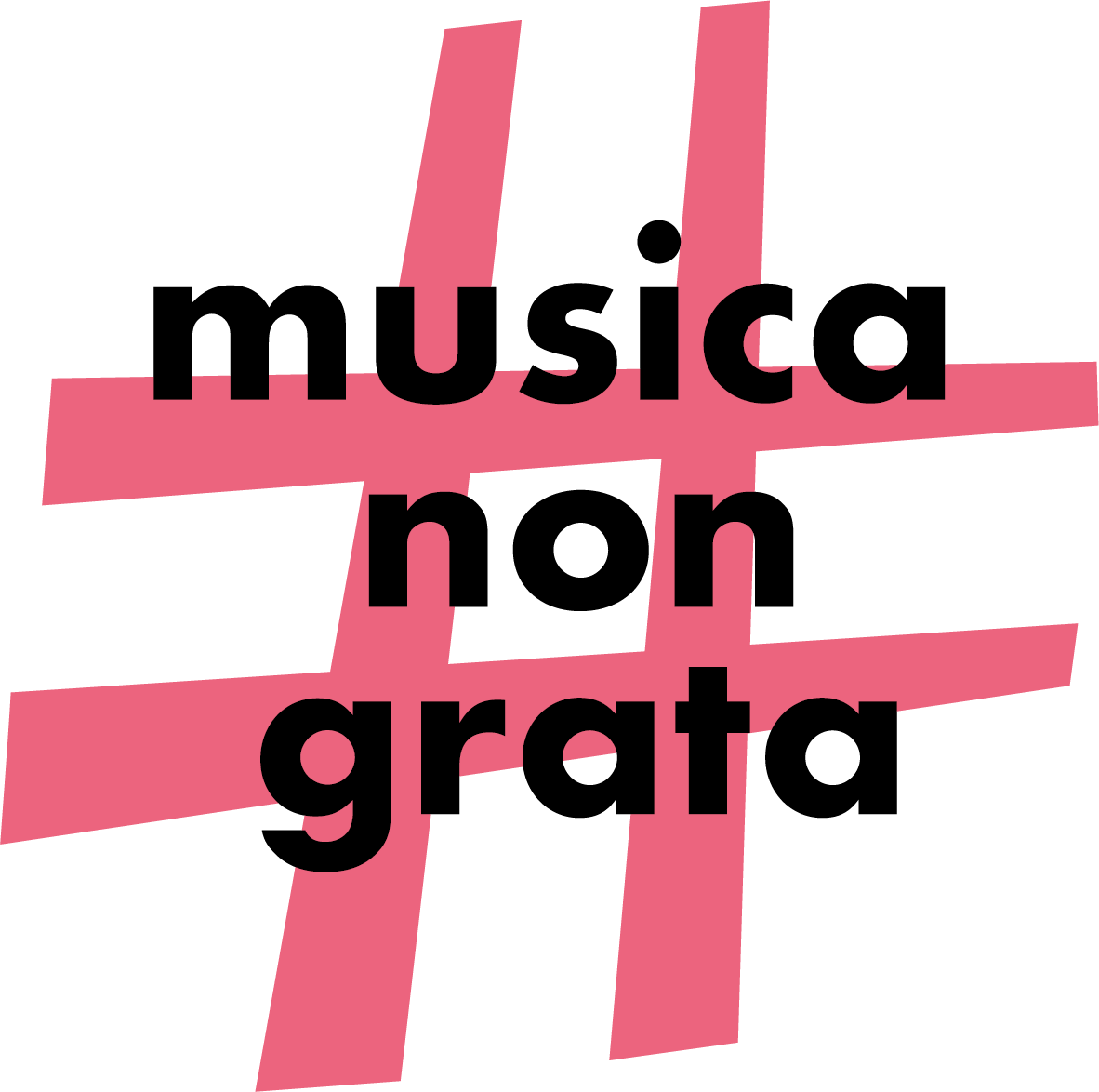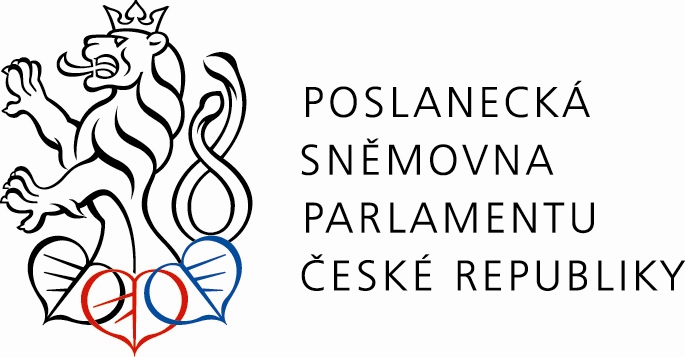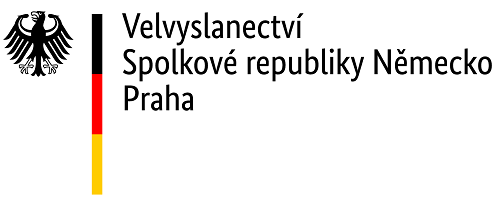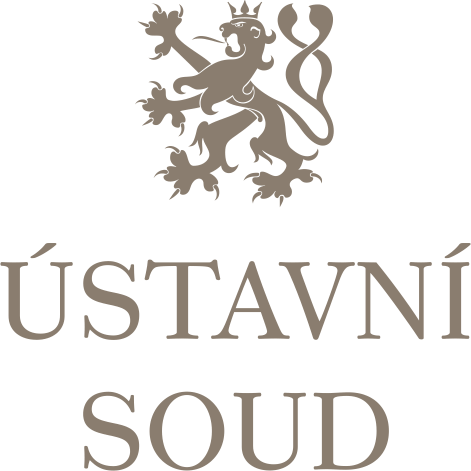This will not be the first time we invite festival audiences on an excursion. This time, we will visit the beautiful historic town of Žatec, located just over an hour's drive northwest of Prague.
We will spend a beautiful Sunday afternoon on a guided walk through the town, followed by a tour of the rabbi's house and museum, adjacent to the restored synagogue, including the current exhibition by Petr Nikl, and we will conclude with a concert by the Slovak group Mojše Band at 5 pm in the Žatec synagogue. They will play psalms, piyyutim, and Hasidic niggunim from the former Austro-Hungarian Empire – you are surely curious to hear what they will be like.
For greater convenience, you can use organized bus transport from Prague.
Schedule:
Žatec is one of the oldest towns in Bohemia, with origins dating back to the 11th century. You can see and feel history in its streets. The well-preserved town center, which is part of the UNESCO World Heritage Site, tells the stories of medieval townspeople, merchants, and craftsmen. But Žatec is also known for something else – hops.
For over 700 years, one of the most valuable raw materials for beer production has been grown and processed here. Žatec hops are world-renowned – brewers from all over the world seek them out for their delicate aroma and quality. It is here that the Hop Museum and the Temple of Hops and Beer experience center were established, where visitors can learn more about this unique tradition and see the places where the history of beer production comes to life.
Just a few minutes' walk from the main square stands a monumental synagogue from the late 19th century, one of the largest in the Czech Republic. After years of neglect, it underwent a sensitive reconstruction and now serves as a museum and cultural space. It presents the history of the Jewish community in Žatec, which helped shape the face of the city for centuries, and also offers space for contemporary exhibitions, concerts, and educational events.
Such cultural programs include Jewish and klezmer music – a traditional genre that, thanks to groups such as Mojše Band, is returning to stages outside the largest cities. Their performances in the Czech Republic and abroad prove that Jewish music still has something to say.
Mojše Band is an original Slovak trio specializing in Jewish and klezmer music. It consists of Michal Paľko (dulcimer, vocals), František Kubiš (accordion), and Jakub Stračina (double bass). Their work combines elements of klezmer, chanson, jazz, and world music. They have shone at festivals in Krakow, Amsterdam, Budapest, and Vienna, and were finalists at the International Jewish Music Festival. They captivate audiences with their unique approach, distinctive instrumentation, and openness to different genres.
You can choose one of three options from the offer. Member prices are for members of the Eternal Hope Club.
Price:
Price:
Price:
Psalms, piyyutim, and Hasidic nigunim from the former Austro-Hungarian Empire
Adon Olam
Traditional piyyut for daily morning prayer
Text by Shlomo ibn Gabirol, arrangement by Moshe Band
Teka be Shofor, Dovid Brider, Melech chaj vekajam
selection of traditional nigunim for celebrating the high holidays of the Hasidic community in Bobowe
Niezhurytza Khloptzy
traditional tish nigun (melody for dining) of the Chabad Hasidic community in Lubavitch
Nigun Modus be Ahava Raba
Lejb Hirsch Bakonz Chrzanówa
Austerlitzer, Lecha Dodi
Rabbi Teodor Austerlitz and cantor Samuel Gottschall
(selection from sources of the Neolog synagogue in Prešov from the 1920s)
Shema Israel
central prayer of Judaism, nigunim of the Sadigura-Krilowitz Hasidic community
Mojsze tanz, Sher, Ketzer nign
instrumental and simcha nigunim (joyful melodies) from the former Šariš County in eastern Slovakia
Throughout its complicated history, marked by misunderstanding, prejudice, and hatred, which led to constant migration, the Jewish people preserved their cultural uniqueness. Wherever Jews managed to settle, they also adopted elements of the local culture and developed a musical style that united the diversity of cultural layers across a time span of almost a thousand years. In the Habsburg Empire, Jews lived in minorities mainly in the territories of what was then Poland, Bohemia and Moravia, Galicia and Hungary, the northern part of which occupied approximately the territory of present-day Slovakia, in addition to Austria itself. Thus, in Eastern Europe, where music had accompanied religious and everyday life since time immemorial, a kind of musical universe was created. In the 19th century, the Orthodox Hasidic movement, which had emerged a century earlier, played an important role. The Hebrew word "Hasid" means pious, and the Hasidic concept of piety is imbued with joy and an awareness of the omnipresent spark of God. Klezmer music played a special role among the Hasidim, accompanying weddings, various celebrations, and entertainment.
Psalms are, according to the meaning of the word taken from Greek, songs of praise. They originate from the period of the First (Solomon's) Temple, built in the 10th century BC, which was destroyed four centuries later during the reign of King Nebuchadnezzar II. Psalms are hymns of praise, lamentations, thanksgiving, and meditation, roughly half of which are attributed to King David. Piyyut is also a word from Greek, meaning poetry incorporated into Jewish liturgy. Piyyutim (plural) also originated in the period of Solomon's Temple. Collections of piyyutim began to be compiled in the Middle Ages, determining their place in religious ceremonies. Nigun means melody in Hebrew. Each Jewish community created its own nigunim, which were passed down from generation to generation. Their melodies and rhythms show differences depending on the region in which they originated and the influences to which they were exposed.
The Mojše Band draws on the historical repertoire. With music preserved solely by tradition, it is difficult to speak of an original sound, but compositions accompanied by accordion, double bass, and cimbalom certainly come close. At other times, the ensemble uses traditional compositions as a basis and enriches them with contemporary sounds, including electronics.











